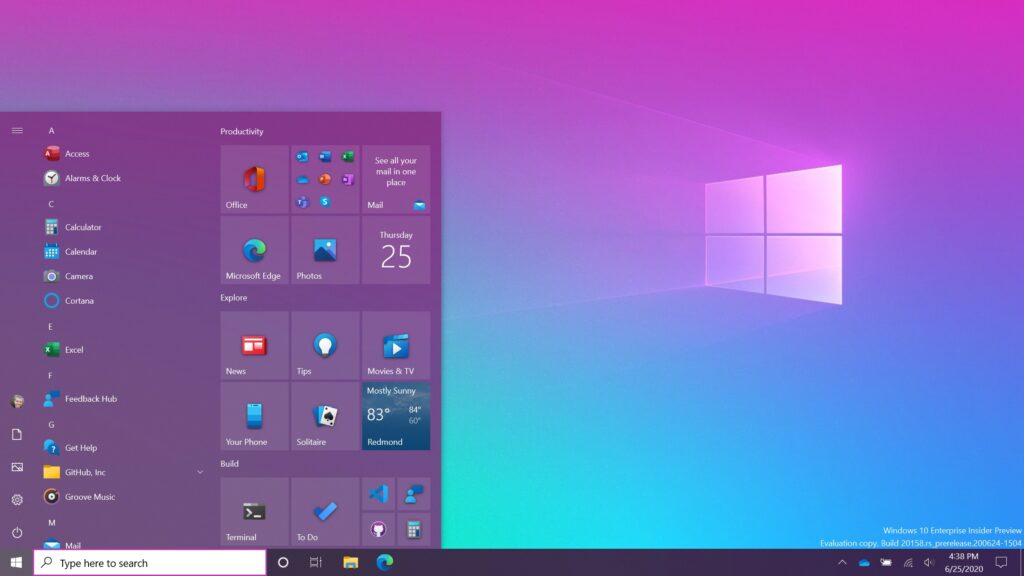Windows 10 will be remembered as one of Microsoft’s most popular operating systems, alongside Windows XP. It was initially released in 2015 and is currently the operating system most widely utilised by the corporation, with over 70% of the market. It is a widely used operating system, but Microsoft has already scheduled its end-of-life date for October 14, 2025, which means it will be discontinued shortly. If Microsoft follows through, experts forecast that we may witness one of the most extensive mandatory updates in history, resulting in over 240 million computers being disposed of in landfills without real need.
Canalys, a research agency in the industry, has published a report on the eventual discontinuation of Windows 10, which ITPro highlighted. The research raises concerns about Microsoft’s practices regarding software lifecycles. It is observed that the hardware requirements of Windows 11 have rendered many people ineligible for the update, which is likely a hindrance that has impeded the adoption of Windows 11. We have discussed this in great detail before, as Microsoft’s latest operating system is not compatible with only a few years old CPUs because it requires a TPM 2.0 module and a recent 64-bit processor.
The survey indicates that more than 240 million devices may have been disposed of in landfills before their time, even though they are still functional PCs in good working order. Since they lack the necessary hardware for a more recent operating system, they will have no resale value and cannot be reconditioned and resold. The paper states that the number of computers destined for this outcome would be a pile of laptops more than 600km taller than the moon. Besides the avoidable waste that this event may generate, it will also burden IT departments worldwide as they are compelled to upgrade millions of devices.
The research states that there currently needs to be a governing body that oversees the process of managing the device’s lifecycle. As a result, Microsoft has the authority to make decisions based on its judgment. Microsoft needs to generate revenue. Thus, it desires individuals to upgrade, and that’s where the challenge resides. However, Redmund has recognised the situation, as it recently stated that it will prolong security updates for Windows 10 for an additional three years until 2028. The one condition is that these upgrades will not be provided for free, but Microsoft still needs to disclose the fee. Microsoft has halted further significant upgrades for Windows 10, placing the operating system in a state of stasis. As a result, the present version is considered to be the last one.
According to a study from October, Windows 10 currently has 400 million users. Therefore, Microsoft is attempting to find a solution to this situation. Requiring individuals to pay for security upgrades may also not be feasible, as the cost could be too expensive for millions of users to manage. The article mentions that Windows 7 had a comparable plan priced at $25 for one PC for a year of updates. However, over time, the cost of this plan increased to $100 per year. If Microsoft repeats this action, the most economical option for many people would be switching to a less expensive Windows 11 device, bringing us back to the initial issue of converting millions of functional computers into electronic junk.
In summary, Windows 10, Microsoft’s widely used operating system, faces discontinuation by October 2025, leading to concerns about environmental impact and the disposal of over 240 million functional yet incompatible devices. The incompatibility with Windows 11 and potential fees for extended support add complexities. The situation underscores the need for a governing body to oversee device lifecycle management, highlighting the broader challenge of balancing innovation, revenue generation, and environmental responsibility in the tech industry. Microsoft’s decisions will shape the fate of millions of computers and prompt discussions on the future of operating systems and electronic waste management.
